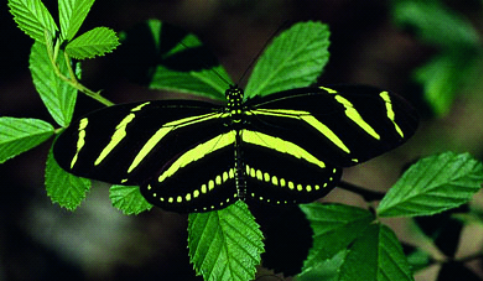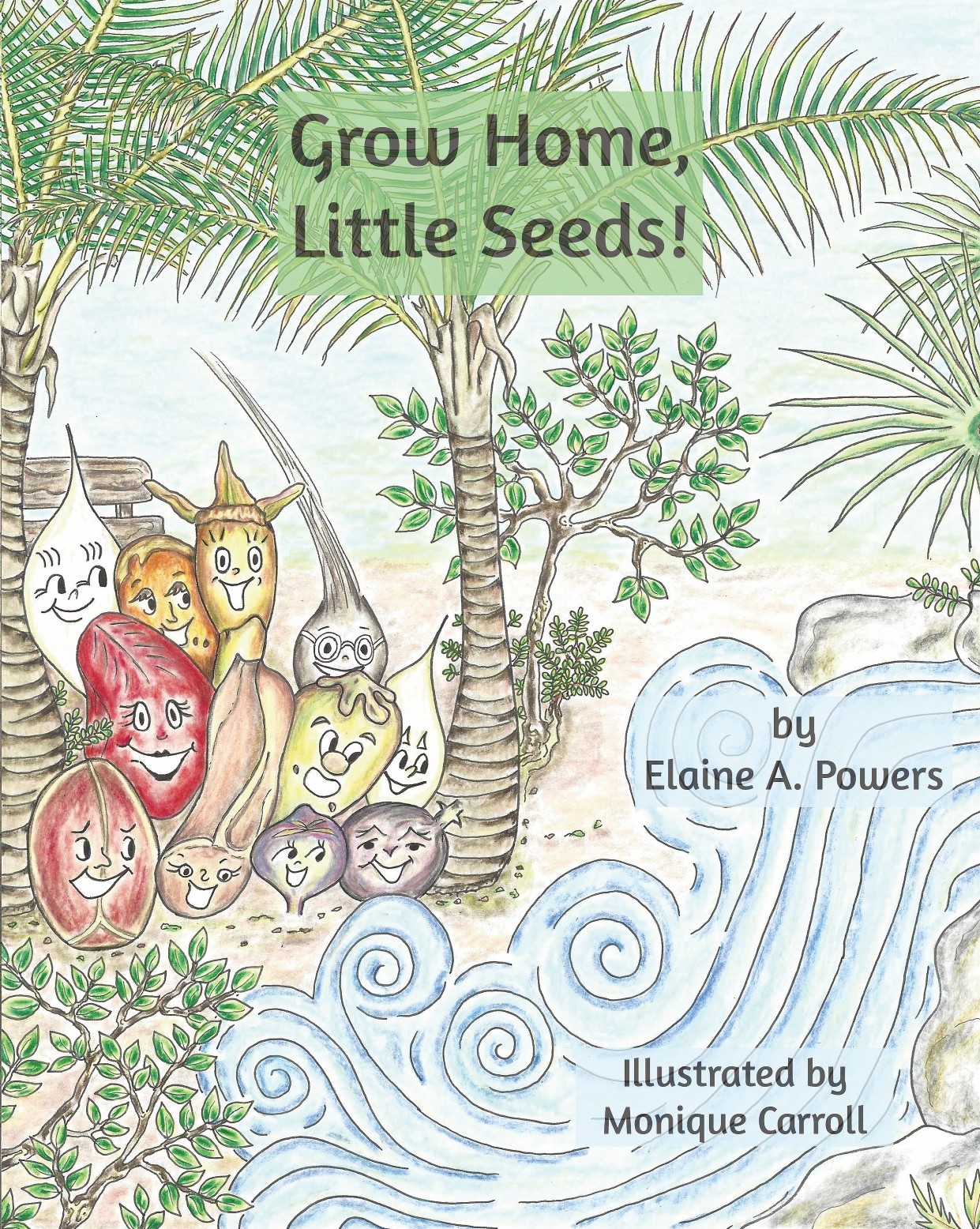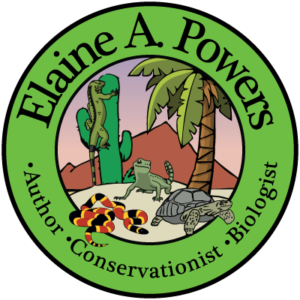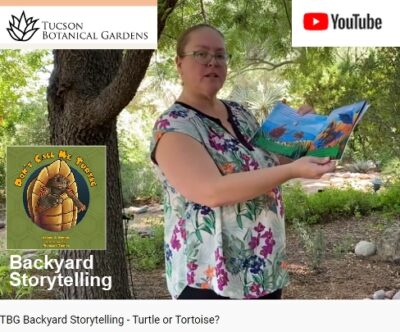Not My Butterfly! by Elaine A. Powers, Author
I have a list of subjects that I contemplate creating books about. One I’ve been thinking a lot about has to do with the Zebra Longwing Butterfly, Heliconius charithonia. On St. John, USVI, I delighted in how the butterflies would all return to a nice meadow each night. The community of butterflies would rest together before heading out in the morning on their daily activities. I had envisioned a book about a young Zebra Longwing exploring the sites and environment on the island during the day, but returning back to the safety of her family each night. I had a working title of, “Bedtime for Butterflies.”
Recently, however, my thoughts about the innocence of these butterflies was shattered by an article that Erika Engelhaupt wrote for National Geographic entitled, “Butterflies Behaving Badly: What They Don’t Want You to Know.”

I found out that the Zebra Longwings are poisonous, and their caterpillars are cannibals that eat their siblings! So much for family safety.
But that’s not all. The male Zebra Longwings are so eager to mate that they will fight over a female still inside her chrysalis! The males battle and the winner may not wait for her to emerge—instead, he will tear open the chrysalis and mate with her! The female is trapped inside her chrysalis and can’t object. This is referred to as “forced copulation” or “pupal mating.” There is another, more extreme term that is not appropriate for a children’s book website.
I probably won’t write a bedtime story. The true story of these butterflies would produce nightmares. Perhaps I’ll write a very different, scientifically accurate, picture book.
Book Note: In the meantime, if you’re a plant lover like me, you just might enjoy my books on plants, in which I weave plant biology and ecology into fictional adventure stories and in nonfiction books, which are written in rhyming stanzas.
One, How Not to Photograph a Hummingbird, is a funny take on how the Sonoran Desert thwarts a hummingbird photographer, with a flora and fauna glossary in the back. Another from the Sonoran Desert is Queen of the Night/The Night-blooming Cereus, which is about the incredible Cereus plants that wait and all bloom together on one night in June or July. It’s an important desert happening every year and many people head to the desert that night (there is an official countdown) to watch them all slowly open up together. They are gorgeous!
My third plant book is a children’s story book called Grow Home, Little Seeds, about a group of seedlings in The Bahamas all leaving the Leon Levy Preserve to find their perfect home. The science of the trees and their ecosystems is woven into a warm story of finding home and friendship. It would make for great summer reading.

Reading Level Age 8+ 25 Pages with 10-page Seed Appendix
Delightful Illustrations in Pastel Colors by Monique Carroll
#elaineapowers #scienceisfun #butterfly #funsciencebooks
To learn about our latest science-based children’s books and workbooks, to read our latest blog posts about reptiles, birds, cats, and gardening, in a variety of locations, and about how the books come to be, what inspires an author to write, and many more interesting aspects of the publishing business, fill in the box below and we will add you to our email list.
Thank you!



